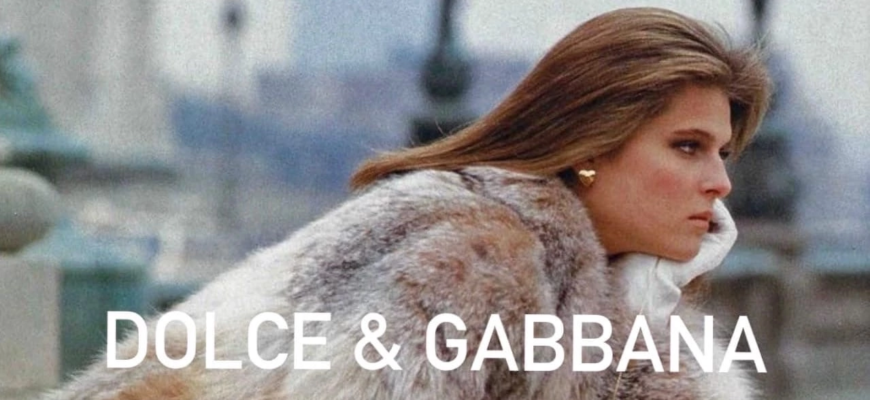Italian brand Dolce & Gabbana will stop using natural fur in its collections. Its representatives, together with the animal welfare organization Humane Society International, announced the change.
“We are working to create a more sustainable future where animal fur cannot be used. The entire fashion system plays an important role in social responsibility that needs to be encouraged”, – commented Fedele Usai, the brand’s director of communications and marketing.
Furs in Dolce & Gabbana collections will not be present this year. The brand will start using new green materials and special handicrafts technologies to create green alternatives for natural fur to save the jobs of those craftsmen who made fur coats and accessories.
The brand used to use fur extensively for its collections. Designers would pick the best furs, and then create the most incredible outfits that many would ever remember.
The Italian brand Moncler has also recently announced the abandonment of animal fur. Prior to this, Alexander McQueen, Balenciaga, Gucci, Prada, Versace, Burberry, Chanel and many other fashion houses had abandoned natural material.
Today about 20 luxury brands do not use natural fur in their collections. For some, this was originally a principled position, and some thought of it after talking to animal welfare organizations and seriously studying fur farm principles.
It would seem that activists have been fighting the use of fur in the fashion industry since the 1980s. That’s when PETA (People for the Ethical Treatment of Animals) was founded. This translates as ‘People for the Ethical Treatment of Animals’. They were responsible for thousands of demonstrations, hundreds of pickets and dozens of advertising campaigns, including the famous 1994 supermodel shoot with the slogan, “We’d rather be naked than in furs. One of the high-profile acts was infiltrating fashion shows and throwing “bombs” of artificial blood at designers, models and guests. For a long time, however, RETA activists were perceived as nothing less than urban madmen.
But even in such times, there were brands and designers who did not want to go along with such a display and, perhaps to the detriment of sales, abandoned fur in the face of widespread enthusiasm for it. Fur has always been considered a luxury. Today, however, fashion houses are abandoning it, is it a trend?








